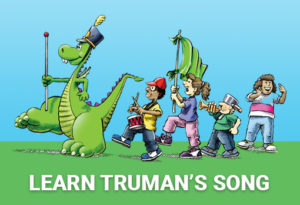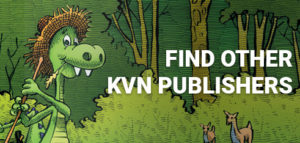Where In The World | January 2018
California and Colorado California California is a state located on the West Coast of the United States. The first Europeans in California were the Spanish explorers who arrived in the 16th century. In 1821, Mexico gained its independence from Spain and had control of California. Many cities in California still have Spanish names. In fact, the name California comes from a Spanish novel written in the 16th century that used the name to describe a mythical paradise. The area became a U.S. territory in 1848 after the Mexican-American War. It became a state in 1850. It is nicknamed “The Golden State.” The nickname comes from the gold rush and the state flower: golden poppies. The western border is the Pacific Ocean. The state has many diverse ecosystems. California has 1,100 miles of coastline made of beaches and cliffs. The Mojave Desert is in California and is 25,000 square miles. In the eastern part of the state is the Sierra Nevada mountain range, which contains Mount Whitney, the tallest peak in 48 states. California is also famous for forests of some of the tallest trees in the world, the redwoods, which can grow to be 380 feet tall. history.com Colorado Colorado also has a history with Spanish explorers. They were the first European explorers, and they arrived in 1858. Americans came to the area in response to a gold rush. The name Colorado comes from the Spanish explorers as well. Colorado means, “colored red.” The name was inspired by the muddy red river that flows through the state. However, there were many native people who lived in the area before the Europeans settled there, including the Ute, Arapaho and Cheyenne tribes. Colorado is famous for amazing Native American ruins preserved in the Mesa Verde National Park. Colorado is nicknamed the “Centennial State.” The nickname is because it became a state the year the U.S. turned 100, 1876. Colorado is a landlocked state in the Midwest. The western part of the state is covered in the Rocky Mountains. The tallest peak is Mount Elbert, which is 14,440 feet above sea level. The eastern part of the state is covered in grasslands. ducksters.com





